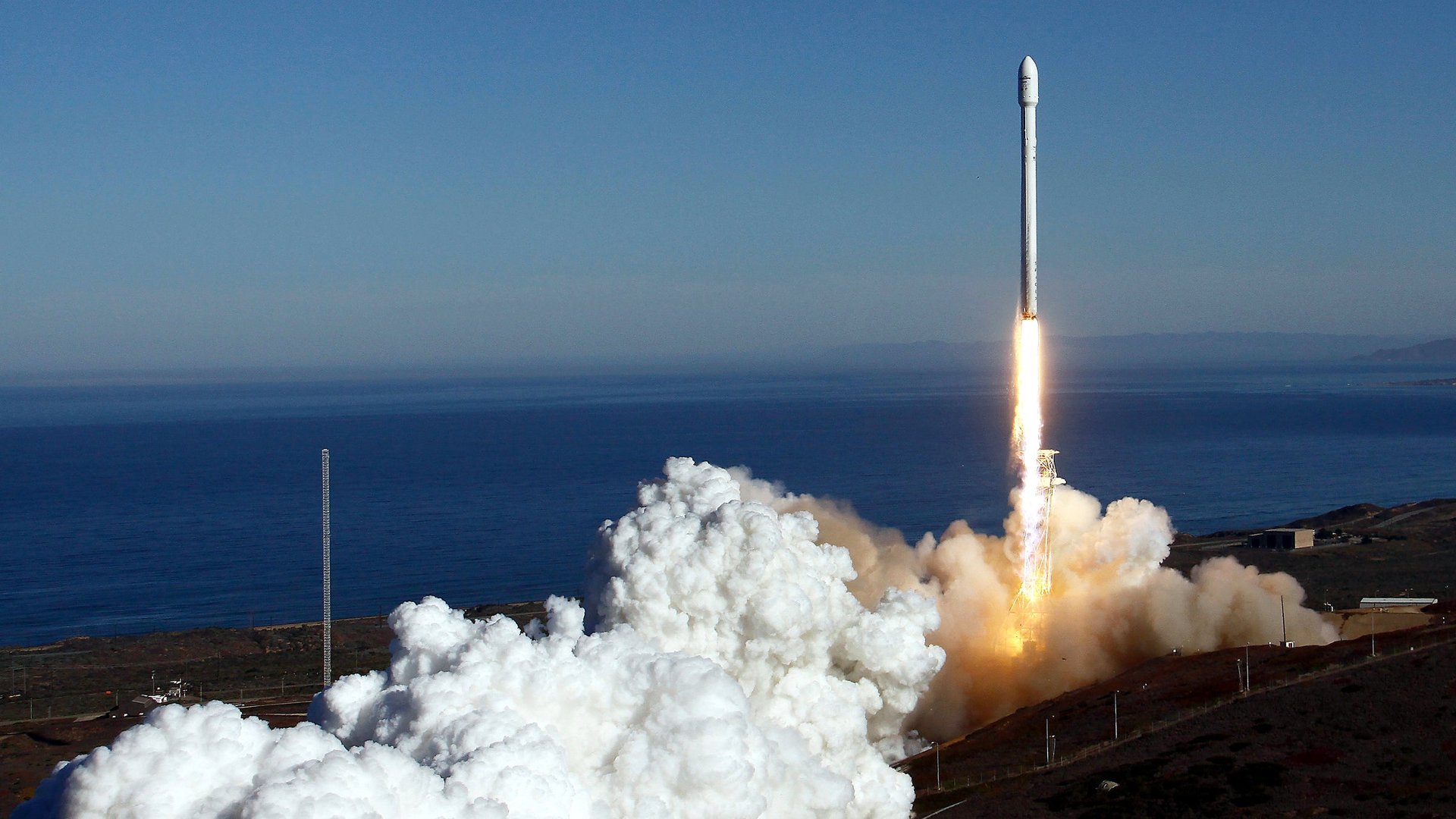Tonight SpaceX will live-test the reusable rocket that could change spaceflight
Update (4:06 PM EST): SpaceX announced that the launch will be postponed due to a helium leak in the Falcon rocket. The next opportunity for a launch comes on Friday, April 18.


Update (4:06 PM EST): SpaceX announced that the launch will be postponed due to a helium leak in the Falcon rocket. The next opportunity for a launch comes on Friday, April 18.
There’s some drama in space today: A malfunctioning computer on the International Space Station (ISS) has jangled nerves around a routine re-supply mission already complicated by US-Russian tensions.
But there’s also important news in a surprise announcement from SpaceX, the private company headed by Elon Musk, which designed and built the rocket and spacecraft for today’s re-supply flight. The launch, scheduled for just before 5pm US Eastern time, will also serve as a test of the company’s reusable rocket. After the robotic Dragon spacecraft is launched toward its rendezvous with the ISS in orbit, the Falcon rocket that sent it on its way won’t just tumble into the Atlantic ocean: It will attempt to deploy four landing legs and use thrusters to control its descent, something like this but over water:
SpaceX says that the test has a 30% to 40% probability of success, so it could all go pear-shaped. But the engineers there hope that the data collected during the attempt at a controlled descent will help them to refine their approach to building a more efficient launch vehicle. As we’ve written before, making a rocket reusable is something of a holy grail for Musk and SpaceX: While the rockets cost $54 million, their fuel costs only $200,000, so making most of the rocket reusable would save tens of millions of dollars and allow the fledgling rocket company—which already seeks to undercut its competitors on price—to dominate the putting-things-in-space business.
The 2.3 tons (2.1 tonnes) of cargo in today’s launch consists mostly of scientific payloads to the station, including sensors and cameras for the station as well as VEGGIE, an experiment designed to allow astronauts to produce “salad-type vegetables in space.” But it will also contain food, additional spacesuits, and equipment needed to support a space walk on April 22 that will attempt to fix the malfunctioning computer.